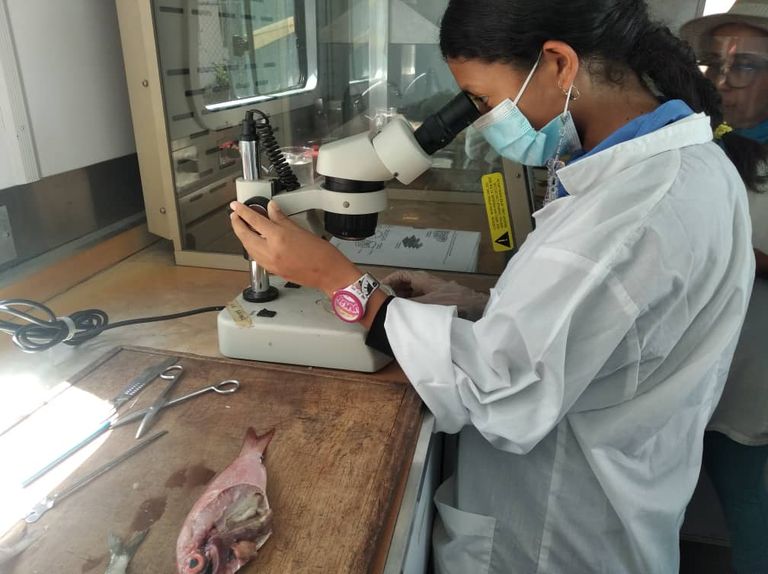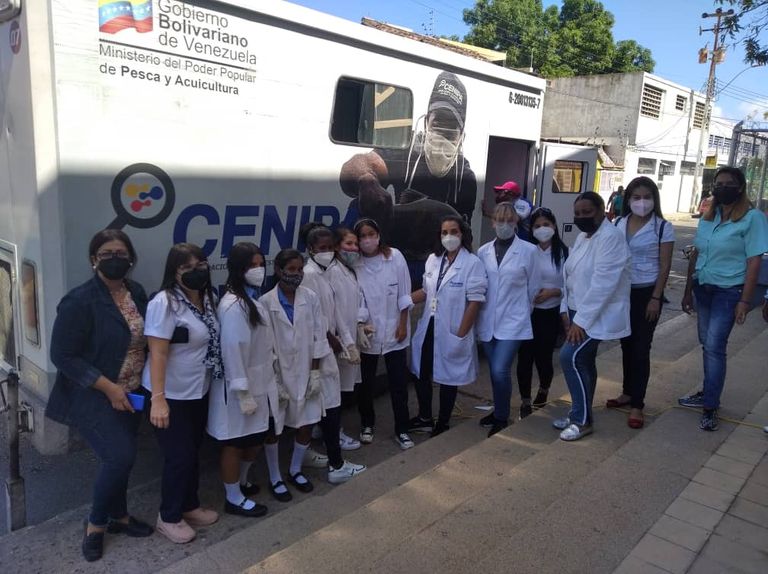
En cada encuentro de Semilleros Científicos se disponen de actividades para investigar, crear, innovar y transformar la realidad, empleando métodos y técnicas propias de estos procesos. La intención es avivar la curiosidad y creatividad en los jóvenes, motivarlos a aprender más y a descubrir por sí mismos, y en colectivo, otros escenarios del conocimiento de las ciencias naturales.
De igual modo, en los semilleros se promueve actividades de participación comunitaria, en las que, bajo la orientación de un grupo de docentes, ponen los conocimientos aprendidos al servicio de su comunidad; la finalidad es retar el pensamiento de los estudiantes para encaminarlos hacia lo crítico y reflexivo.
Cada encuentro de Semilleros Científicos inicia con una introducción del tema, que los estudiantes desarrollan mediante la discusión y el debate para la conceptualización de las ideas, tomando como referencia aspectos de la vida cotidiana, de la historia de la ciencia y del lenguaje natural. De esta forma, se estimula la construcción de conceptos, definiciones, teorías o modelos explicativos de ciertos fenómenos que ayuden con el proceso de abstracción para la comprensión de las ciencias naturales.
El primer encuentro de Semilleros Científicos de este año se llevó a cabo en el Liceo Bolivariano Antonio José de Sucre, en Cumaná estado Sucre, con el apoyo del CENIPA y el Departamento de Biología de la Universidad de Oriente. Este encuentro presentó como temática “Del agua a la Tierra”, y se desarrolló una jornada teórica/práctica sobre los anfibios y especies marinas.
Durante la jornada se integraron y contextualizaron las actividades en un sistema productivo: la vida y la salud integral. Así, los estudiantes pudieron reconocer cómo las ciencias naturales permiten comprenderlo, investigarlo e innovar para transformarlo en beneficio de todos; por ser de vital importancia el bienestar y la salud en la sociedad.
Los debates generados, los conceptos construidos y los experimentos realizados durante esta jornada no son más que un pequeño aporte a la formación integral de los jóvenes participantes en la misma, en aspectos relacionados con el ambiente y la salud integral, el uso de la ciencia para comprender la realidad, los derechos humanos y la cultura para la paz, entre otros saberes y valores necesarios para la coexistencia en armonía de todos los que habitamos este planeta.

Como educador, y participante de la jornada, debo decir que me siento satisfecho y orgulloso del programa Semilleros Científicos ya que es una vía para sembrar en los jóvenes el deseo, la curiosidad, por el estudio de las ciencias naturales desde un enfoque humanista, crítico y reflexivo. Es una forma de avivar en ellos la llama que ilumine la emergencia de una consciencia planetaria que permita reforzar los lazos que nos unen con la Madre Tierra, para conocerla, cuidarla y valorarla como el único hogar en común que tenemos los seres vivos. Por lo que debemos hacer de ella un ámbito para la igualdad, la solidaridad, la justicia y la paz.
Esta debe ser la gran meta de los Semilleros Científicos hoy para poder tener Consciencia Planetaria mañana.
Fotografías propias.
English Version
In recent days, the “Scientific Semilleros” program began, promoted by the Ministry of Science and Technology through funadacite-sucre. This program aims to promote the interdisciplinary integration of natural sciences focused on processes of conceptualization, research, creation, innovation and critical reflection. This with the purpose of developing creative potential and interest in science in general secondary education students, and thus contribute to their integral training in citizenship.
In each meeting of scientific seedlings, activities are available to investigate, create, innovate and transform reality, using methods and techniques of these processes. The intention is to envive curiosity and creativity in young people, motivate them to learn more and discover for themselves, and in collective, other scenarios of the knowledge of natural sciences.
Similarly, in the seedbeds, community participation activities are promoted, in which, under the orientation of a group of teachers, they put the knowledge learned at the service of their community; The purpose is to challenge the students' thinking to direct them towards the critical and reflective.
Each meeting of scientific seedlings begins with an introduction of the subject, which students develop through discussion and debate for the conceptualization of ideas, taking as reference aspects of everyday life, the history of science and natural language. In this way, the construction of concepts, definitions, theories or explanatory models of certain phenomena that help with the process of abstraction for the understanding of natural sciences is stimulated.
This year's first scientific seedbed meeting was held at the Liceo Bolivariano Antonio José de Sucre, in Cumaná Sucre State, with the support of the CENIPA and the Department of Biology of the Universidad de Oriente. This meeting presented as the theme "from water to earth", and a theoretical/practice day on marine amphibians and species was developed.
During the day the activities were integrated and contextualized in a productive system: life and integral health. Thus, students were able to recognize how natural sciences allow us to understand, investigate and innovate it to transform it to everyone's benefit; for being vital importance and health in society.
The debates generated, the constructed concepts and the experiments carried out during this day are nothing more than a small contribution to the integral formation of the young participants in it, in aspects related to the environment and integral health, the use of science for Understand reality, human rights and culture for peace, among other knowledge and values necessary for coexistence in harmony of all who inhabit this planet.
As an educator, and participant of the day, I must say that I feel satisfied and proud of the scientific seedbed program since it is a way to sow in young people desire, curiosity, for the study of natural sciences from a humanistic, critical approach and reflective. It is a way to enliven in them the flame that illuminates the emergence of a planetary consciousness that allows strengthening the ties that unite us with Mother Earth, to know it, take care of it and value it as the only common home in the living beings that we have living beings. So we must make it an area for equality, solidarity, justice and peace.
This must be the great goal of scientific seedlings today to be able to have planetary awareness tomorrow.
Own photographs.